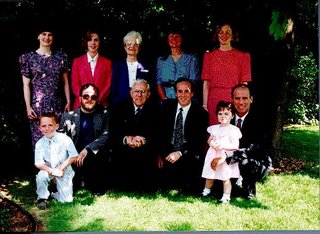Norristown, Pennsylvania
It formerly was a borough operating under Pennsylvania's borough code, its official name is "The Municipality° of Norristown" and it is frequently referred to as "the borough" even in statements by its officials.
However, since 1986, Norristown has been governed under its home rule charter, that was updated in 2004., not under Pennsylvania's Borough Code. Norristown is in a rich agricultural region; in the past, it had extensive manufactures of cigars, tacks, wire, screws, boilers, bolts, silos, tanks, iron, hosiery, knitting machines, underwear, shirts, lumber and milling machinery, paper boxes, rugs, carpets, etc.
Norristown was incorporated as a borough in 1812, its population then being about 500. It was enlarged in 1853. In 1900, 22,265 people lived here; in 1910, 27,875; in 1920, 32,319; and in 1940, 38,181, making Norristown the most populous borough in Pennsylvania. As of the 2004 census, Norristown population was 30,873. It is the county seat of Montgomery County GR6

 The back row: Charles A. Clark (my brother), Charles H. Clark (my father), Elaine Borgard (my sister), Bill Borgard (my brother-in-law), and me. The front row: Sherri Clark (my sister-in-law) holding Tim Clark (my nephew), Martha Clark (my mother), and Laura Clark (my wife). Not in this picture: Kelley Borgard and Tanya Borgard (my nieces).
The back row: Charles A. Clark (my brother), Charles H. Clark (my father), Elaine Borgard (my sister), Bill Borgard (my brother-in-law), and me. The front row: Sherri Clark (my sister-in-law) holding Tim Clark (my nephew), Martha Clark (my mother), and Laura Clark (my wife). Not in this picture: Kelley Borgard and Tanya Borgard (my nieces).  The back row: Laura, Tanya, Martha, Sherri, Elaine. The front row: Tim, me, Charles, Charles, Kelley, Bill.
The back row: Laura, Tanya, Martha, Sherri, Elaine. The front row: Tim, me, Charles, Charles, Kelley, Bill. 